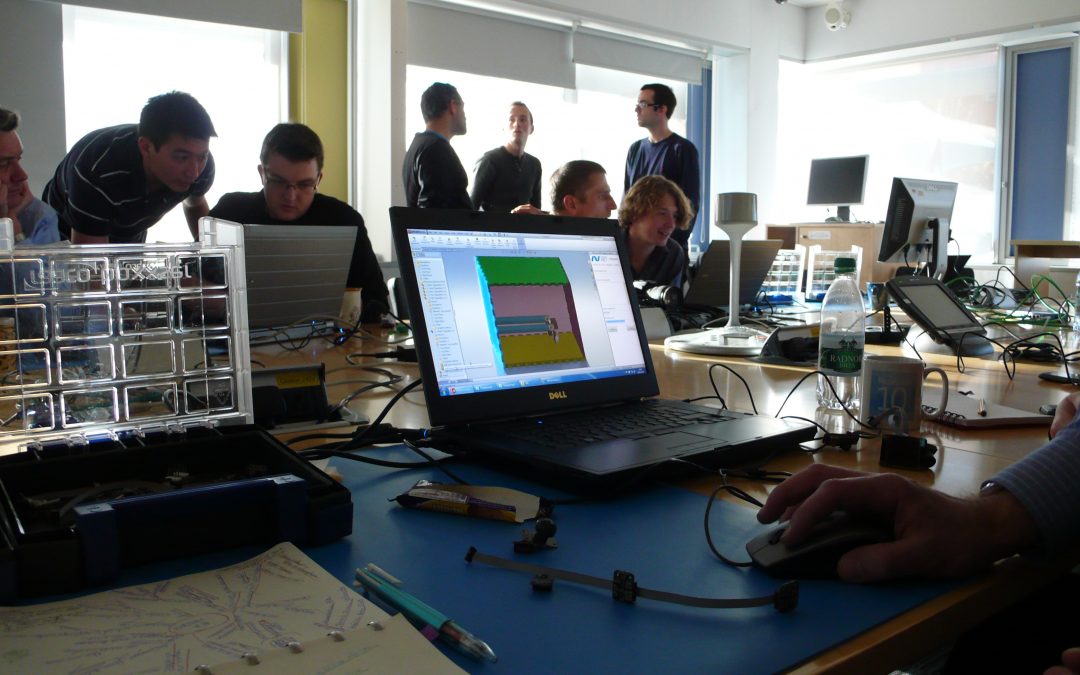When it comes to the network license for SOLIDWORKS, there are quite a few erroneous ‘facts’ and misguided beliefs floating around. It’s difficult to know which are true and which are false, especially when so many people mistakenly believe these myths to be correct and confirm them to others when asked. Here are five myths you may have heard about SOLIDWORKS‘ network license manager – let’s dispel some of the mystery!
#1 It’s first come, first served…
This is one of the bigger misconceptions. It is entirely possible to control which licences are pulled, although that is dependent upon several things, such as the add-ins that are switched on, the order of the licenses in license manager, and whether or not you have selected an Options File, which is a far more sophisticated form of license.
#2 You’ve received extra licenses by accident (bonus!)
Sorry, no! It is extremely rare for SOLIDWORKS to incorrectly write licensing files, and while it’s not completely impossible, it’s very unlikely to happen. This myth is so pervasive because of the manner in which licenses in the SNL are listed, which can be misleading. Let’s say, for example, that your network license contains one Standard License and one Professional License. Your SNL will list these licenses as one Professional and TWO Standard. At first blush, it would seem you have gained an extra Standard License, but what is actually happening is that the license manager has released two Standard Licenses, and embellished one of these with Professional add-ins.
While it’s a completely understandable mistake to make, to think you have an extra license, it’s not the case – it would be far simpler if the license manager listed two Standard Licenses, plus one set of Professional add-ins, but it doesn’t. It’s not wired that way. Because of the way the system works, you cannot pull either professional or premium licenses, without first using a standard license.
#3 There’s no way to use SOLIDWORKS at home…
This isn’t true either. It’s becoming increasingly common to work at home, however it will require a little creative licensing and/or a special request. You can borrow a license using any user or client machine for a period of thirty days or less. As long as you are connected to the server when you are in the process of borrowing the license, the system will work fine. You can then disconnect and take the machine home. Just be sure to check with your boss and/or team for a license that isn’t in use, or you could accidentally leave someone without a license.
You can also request a license for Home Use from your reseller. This won’t cost you anything, but you do need to abide by certain rules. The good news is that you’re entitled to as many Home Use Licenses as you have seats in your network, which means everyone can work from home (if they want).
#4 There’s no way to spy on people…
Very true! What you can do, however, is ‘spy’ on machines using the CAD Admin dashboard, which allows you to monitor various things such as who has what version of SOLIDWORKS installed, which machines are crashing, which machines have out-dated graphics cards etc.
#5 It’s not possible to use a Network License to customise installations…
Another misnomer – you can use serial numbers, add-ins, and several other variants to customise a Network License. You can also deploy them in one go, with different settings for different users.
Want to bust more SOLIDWORKS myths, or have any other CAD-related questions? Contact Restoric Design today on +44 1462 429 707 or email us at info@jensen-consulting.co.uk.



